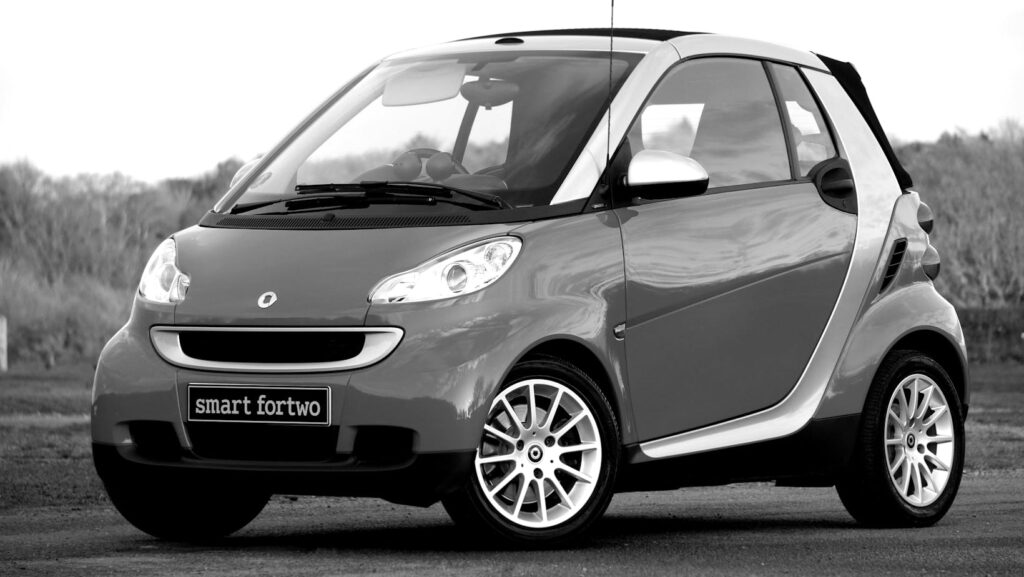As the world shifts gears towards a greener future, electric fleet vehicles are driving the change. These high-tech marvels, powered solely by electricity, are redefining transportation, offering a sustainable solution that’s both eco-friendly and cost-effective.
Electric Fleet Vehicles
Delving deeper into electric fleet vehicles provides an intriguing peek into future transportation. As businesses transition to this sustainable mode, it’s vital to comprehend the details and benefits of such a change.

Electric fleet vehicles refer to groups, or “fleets”, of vehicles, each powered by electricity rather than traditional fossil fuels. Examples include electric cars, buses, and delivery vans owned by a single organization. Governments, delivery services, and corporates commonly use electric fleets as a part of eco-friendly initiatives. Typically, these vehicles operate using electric motors and are powered by rechargeable battery packs. Charging stations, either public or private, restore the battery’s energy reserves, replacing the need for a routine gas station visit.
Transitioning To Electric Fleet Vehicles
Steps for Transitioning to an Electric Fleet
Initiating the transition to an electric fleet mandates careful planning.
- Select Suitable Vehicles: Post needs analysis, organizations choose suitable electric vehicles (EVs). An array of EV models, from compact cars to large vans, caters to multifarious needs.
- Infrastructure Development: The transition also requires appropriate infrastructure. Charging stations, either onsite or via a partnership with a charging network, are critical for electric fleet operations.
- Training Staff: A successful transition necessitates that both drivers and maintenance staff undergo adequate training about electric vehicle nuances.
Overcoming Challenges in Transitioning

However, the transition to an electric fleet may present challenges.
- High Upfront Costs: EVs often come with higher initial costs as compared to their gas counterparts. Funding options, like leasing or grants, can help alleviate this challenge.
- Charging Infrastructure: Inaccessibility to adequate charging infrastructure can pose logistical challenges. A partnership with a charging network provider proves beneficial in such cases.
- Vehicle Range Anxiety: Operators raise concerns about the limited range of EVs. Advanced planning in scheduling and routing, however, can ensure efficient use of the fleet.
- Technology Adaptation: Adapting to new technology might be overwhelming for some drivers. Comprehensive training sessions and continuous assistance help mitigate this challenge.
The transition to an electric fleet involves a learning curve. Companies must adopt a proactive approach, exhaustive preparation, meticulous execution, and constant adaptation, ensuring a smooth shift towards sustainable transportation solutions.
Electric Fleet Vehicle Types
Overview of Various Electric Fleet Vehicle Models
Electric fleet vehicles diversify into different models, each structured for variable uses. Electric utility vehicles (EUVs), Pure Electric Vehicles (PEVs), and Plug-in Hybrid EVs (PHEVs) make some of the notable categories in the field. For instance, the Nissan Leaf takes the crown as one of the best PEVs, renowned for its superb range and appealing value for money. From the EUV corner, the Tesla Model X gives its counterparts a run for their money, outshining with its exceptional performance and robust towing capability. Offering a blend of gasoline and electricity use, the Chevrolet Volt constitutes an ideal example of a PHEV, with its outstanding fuel economy and commendable driving range on electric power.
Pros and Cons of Different Electric Fleet Vehicles

Each electric fleet vehicle type possesses inherent advantages and challenges. Take the PEVs, such as the Nissan Leaf; they offer zero tailpipe emissions, benefiting an enterprise’s carbon footprint but come with range limitations. On the brighter side, they face fewer mechanical issues compared to gasoline engines due to their fewer moving parts.
For the EUVs like Tesla Model X, the major advantage lies in their multi-purpose nature—handling daily driver duties and weekend off-road escapades. However, their high initial purchase costs can be a setback for businesses.
Adopting Electric Fleet Vehicles
Adopting electric fleet vehicles is a forward-thinking move that’s beneficial both for businesses and the environment. It’s a step towards sustainability, significant cost savings, and a reduced carbon footprint. Transitioning, however, does come with challenges, like the initial high costs and the need for a robust charging infrastructure.

